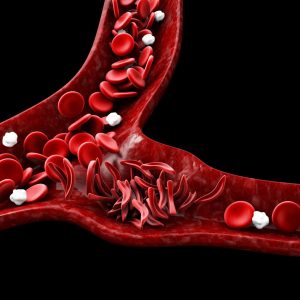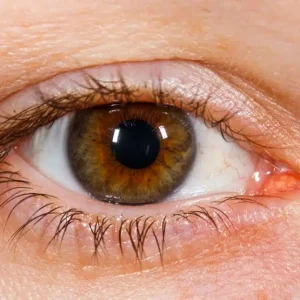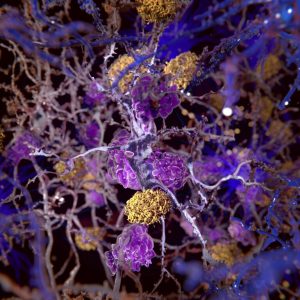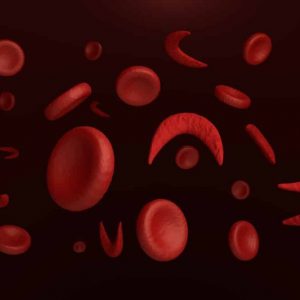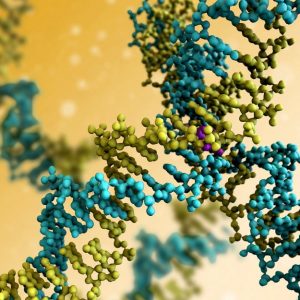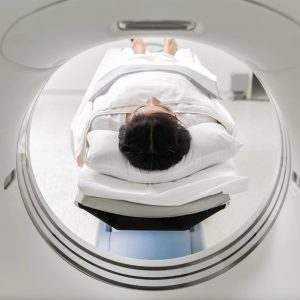The Ultimate Guide to Gene Therapy
What is Gene Therapy
Gene therapy, or genetic therapeutics, is a broad term, one that encompasses a range of therapeutic strategies. What is gene therapy? The term refers to therapies aimed at treating or curing certain diseases or conditions by targeting a person’s DNA. Gene therapy attempts to modify or manipulate the expression of certain genes or to alter the biological properties of living cells. It’s a promising treatment option for genetic or inherited conditions, such as cystic fibrosis and sickle cell disease, but its potential extends far beyond genetic conditions. Gene therapy may help treat or cure a range of conditions, from cancer to cystic fibrosis and diabetes to heart disease, AIDS, and more.
The purpose of gene therapy is to (1) rectify or replace faulty genes that cause certain diseases, (2) turn off mutating genes to prevent them from causing disease, or turn on healthy genes so that they can inhibit disease, and (3) train the body’s immune system to better recognize and attack diseased cells to fight illness or infection. As the field continues to develop, more gene therapies may be used to prevent, treat, or cure disorders that were previously considered incurable.
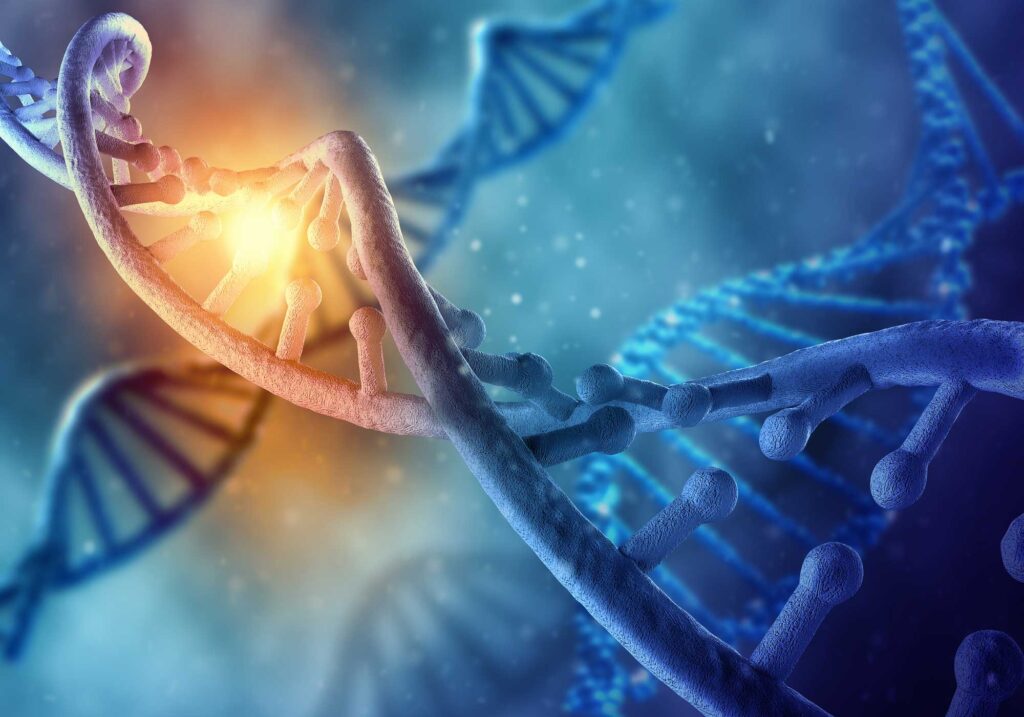
Benefits of Gene Therapy
With the rapid pace of technological progress and research breakthroughs, we’re only just beginning to understand the curative possibilities and benefits of gene therapy. Current known benefits include all of the following:
- The potential to treat inherited conditions
- Positive effects that can, in some cases, be passed down through generations
- Solutions that are targeted and long-lasting
- Treating or preventing a range of diseases or conditions previously considered incurable
To learn more, view our blog post Benefits of Gene Therapy.

What Diseases or Conditions Can Gene Therapy Treat?
Gene therapy holds great promise for the treatment of a wide range of diseases and conditions. Most gene therapies are still in the early stages of research, testing, and development. However, a number of gene therapies have been approved for use by the Food and Drug Administration (FDA), including spinal muscular atrophy, hemophilia A, leukemia, lymphoma, inherited retinal disorder, cerebral adrenoleukodystrophy (CALD), and Duchenne muscular dystrophy (DMD).
To learn more, view our blog post What Diseases or Conditions Can Gene Therapy Treat?

Types of Gene Therapy

Types of gene therapy vary depending on the specific disease and therapeutic goal. Gene therapy methods can be divided into two main categories: gene transfer therapy and genome editing. Broadly speaking, gene transfer therapy involves the introduction of new genetic materials into cells, whereas genome editing employs gene-editing tools in order to add, modify, or remove genetic material within cells.
Some of the most common types of gene transfer therapy or genome editing tools either in use or being studied today include the following:
- Using modified viruses to deliver functional copies of missing or defective genes
- Using oncolytic viruses (OVs) to selectively infect and kill cancer cells
- Treating gene defects or inherited disorders with large RNA therapeutics
- Coding small interfering RNAs (siRNAs) to target and silence the expression of specific genes or disease-causing RNA molecules
- Clustered Regularly Interspaced Short Palindromic Repeats (CRISPR) editing
- Chimeric Antigen Receptor T-cell (CAR-T) therapy
To learn more, view our blog post Types of Gene Therapy.
The History of Gene Therapy
The history of gene therapy is a journey of scientific breakthroughs, setbacks, and milestones. Although the concept emerged in the 1960s, scientists didn’t see significant technological progress for the first 20 or so years.
Real breakthroughs in recombinant DNA technology began to occur in earnest in the early 1980s, beginning with the publication of a paper that demonstrated, for the first time, that it was possible to use a virus as a mechanism for inserting genes into stem cells. In the 2010s, scientists improved the safety and effectiveness of viral vectors used to deliver gene therapies. And today, the FDA, led by Peter Marks, aims to expedite the approval of more gene therapies through regulatory flexibility, international collaboration, and accelerated approvals. Marks envisions a two to three-year transformation for life-saving gene therapies, potentially revolutionizing the bio-economy.
To learn more, view our blog post The History of Gene Therapy

In Vivo vs. Ex Vivo Gene Therapy

Ongoing developments in gene therapy continue to demonstrate its potential to transform the global healthcare system. Gene therapies may be the key to unlocking treatments and cures not only for a range of inherited genetic conditions but also for cancers, infections, and other serious illnesses. There are two methods by which gene therapy can be administered: in vivo and ex vivo. Are there specific advantages to in vivo vs. ex vivo gene therapy?
At the simplest level, the difference between the two can be understood as such:
- With in vivo gene therapy, new or therapeutic genes are introduced or injected directly into the body.
- With ex vivo gene therapy, cells are modified or treated in a lab before being returned to the body.
To learn more, view our blog post In Vivo vs. Ex Vivo Gene Therapy.
Our Work with Gene Therapy
QPS excels in advancing cell and gene therapy research with precision technology, custom-built quantitation methods, and proven oligonucleotide quantitation. We have supported gene therapy development since 2002 and can use that experience to help you navigate PK, immunogenicity, biodistribution, viral clearance, and ADME of these novel molecules in this rapidly expanding field. QPS scientists are ready to work with you to determine specific study parameters and provide complete, fully compliant data packages and reports, ready for submission.




























